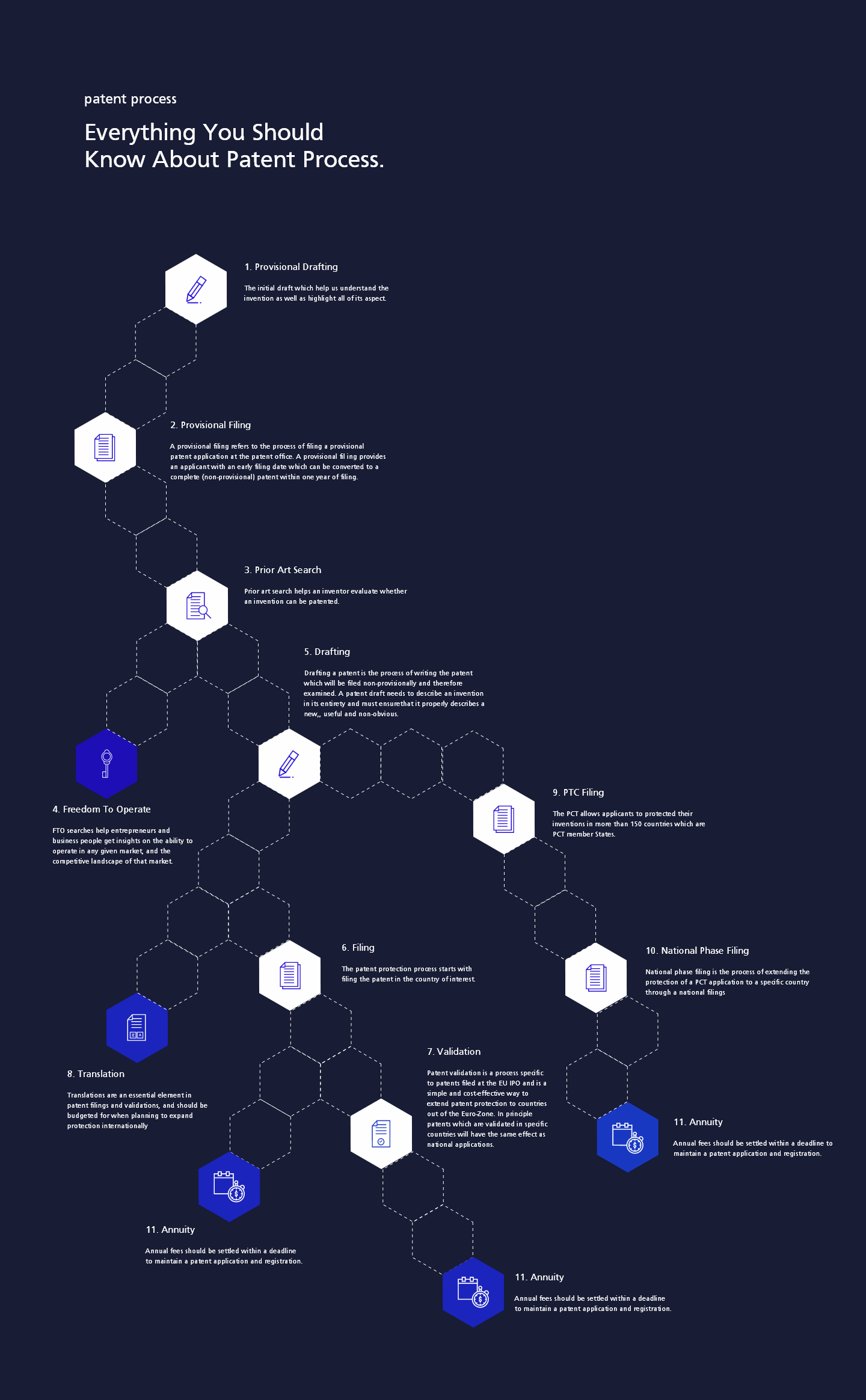From Idea to Patent

We Are Ones Who Can Help You transform your Idea to a Patent
Entrepreneurs and inventors frequently ask us if they can receive a patent for their Ideas?
There is a very fine line difference between an idea and an invention because every invention starts with an idea which later matures and gets patented.
In order to receive a patent, an inventor needs to get the ball rolling and make sure to move beyond the idea, by transforming the idea into a written document which embodies the innovation.
It is normal to be scared from sharing the idea with others, some people stay at the IDEA phase because they are scared of sharing this idea with others, or they miss some know how to help them in transforming their idea from an abstract notion in their minds to a document drafted – a patent.
So how and where do you start when you need to make sure the idea remains a secret?
While working on your idea, you as the inventor will need help from other parties in different aspects of the invention, whether these are attorneys, advisors or engineers. The standard practice is to usually have a non-disclosure agreement (NDA), which is a solution to overcome the novelty clause relating to patents.
You should never be hesitant to ask any third party to sign such a document before you talk about your idea.
While the NDA is helpful and can be used with patent office examiners, just like with any business decision you should also be very cautious about who to disclose information to and what type of information to disclose. You should not have to be in a position to reveal the full idea to everyone, let each third party know as much as needed nothing more and nothing less.
Patent Process explained - we can help you throughout!
REFINING THE IDEA
Before you start with the patent process, an inventor should make sure to refine the idea and ask the below questions;
- Is the idea solving an existing problem?
- Is the idea reaching to a new result but in easier and more efficient routes.
- Are there new result achieved from combining existing technology.
- Is it a new product or an addition to a previous product.
PRIOR ART SEARCH
Once the idea is refined a prior art search would help with further refining the idea, and advising on similar ideas, products, methods and features in the market. Checking patentability at an early stage will give the inventor great visibility on the landscape of this innovation, whether or not it is patentable, how strong and competitive the market is, and whether or not there are any similar available technologies.
DRAFT
Once the prior art search is cleared, the patent draft should be finalized. this entails completing all required forms and templates which are required for filing a patent application.
PROTECTION
Once the draft is finalized, an inventor can proceed with the protection of the patent “filing the patent”. A patent can be filed and protected using different avenues, national filings, or an international application. the protection plan and the countries designated should be strategic and focus on two factors; “Potential Market” & “Risky Market”:
- Potential Market, means where is the market of this product.
- Risky Market, means where you might face infringement.
PROSECUTION
Following filling, a patent will pass through multiple phases of examination depending on what countries the applicant is interested in. examination is first completed on formalities grounds assessing whether all documents are complete, all forms are accurate etc, Following formalities examination, substantive examination is required. The application will pass through all examination processes, until the final acceptance.
The inventor needs to know that the patent is territorial and the patent will be protected in the countries that you file in only.
Once the patent is granted we can say that you have successfully received a patent!
To maintain your patent, you have to pay annuity fees each year to make sure the patent remains alive!



